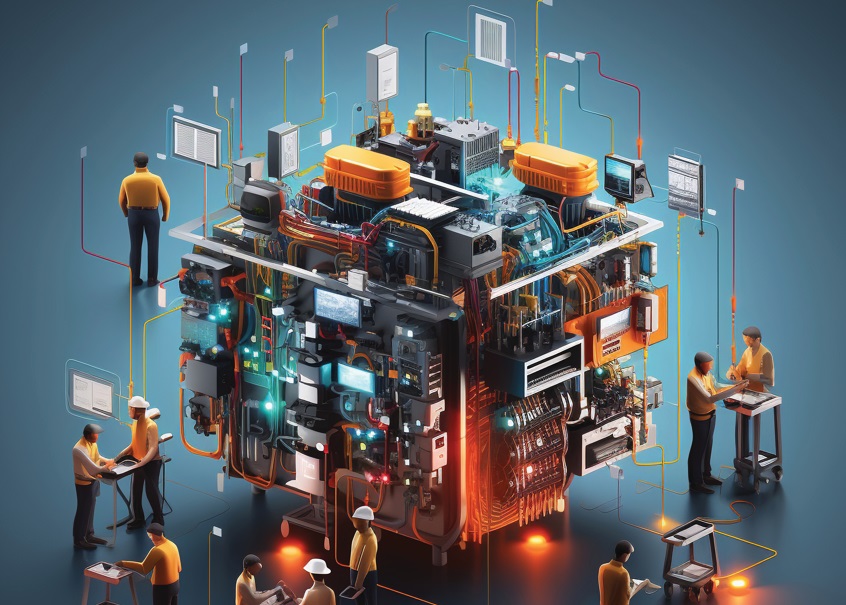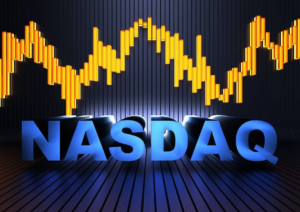In recent years, a new trend called Rush Wave has been making waves in industries from technology to entertainment, and it shows no signs of slowing down. Whether you’ve heard of it or not, this rising movement is something you need to know about, especially as we head into 2025. But what exactly is it, and why is it gaining so much momentum?
The Basics of Rush Wave
At its core, Rush-Wave is a shift in how businesses and consumers interact with emerging technologies. It’s a combination of faster adoption rates of innovative tools, products, and services that are reshaping industries in a way never seen before. From social media to product design, Rush Wave influences how people make decisions, consume content, and interact with brands.
Key Factors Driving Momentum in 2025
1. Technological Advancements
One of the main reasons for the rise of Rush Wave is the ongoing technological advancements. From artificial intelligence (AI) to faster internet speeds, the world is more connected than ever before. These innovations allow for rapid growth in areas that were once thought to be too advanced or complex. With rapid technological advancements, businesses need to ensure they’re visible in a crowded market. A key metric here is Share of Voice (SOV), which allows companies to track their visibility and competitive edge.
For example, AI-powered tools like ChatGPT are helping businesses predict trends faster and more accurately. It leverages these technologies to stay ahead of the curve, providing real-time solutions that appeal to a growing digital-first consumer base.
2. Consumer Demand for Convenience
Consumers today want things faster, simpler, and more personalized. It caters to this need by offering streamlined solutions that save time and enhance the user experience. In 2025, more people are turning to services and products that give them instant gratification without compromising on quality.
Think of it this way: If a new product or service can meet your needs instantly and deliver a great experience. It’s a game-changer. Rush Wave thrives in this environment by prioritizing speed and personalization.
3. Social Media Influence
Another driver behind the RushWave movement is the rise of social media. Platforms like Instagram, TikTok, and Twitter have become the front-runners in shaping consumer behavior. Trends spread quickly through viral content, and it is right at the forefront of this rapid dissemination. Whether it’s through influencers or user-generated content, the impact of social media cannot be ignored.
4. Adaptability to Market Shifts
Businesses need to be more adaptable than ever. The marketplace is changing fast, and those who cannot adjust are being left behind. It is all about flexibility. By being able to quickly pivot and respond to changes in market demand, companies can stay relevant, keep their customers happy, and ultimately thrive.
How Rush Wave is Changing the Market

Disrupting Traditional Business Models
Before the advent of Rush Wave, businesses often followed traditional, slow-moving models that required long-term planning and gradual changes. However, with the rise of faster technologies and consumer demand for immediacy, companies must adapt quickly. Rush-Wave is about agile, rapid execution. This new way of thinking is disrupting industries from fashion to software development.
For instance, we’re seeing new product launches that skip the old “pre-order” phase and go straight into immediate availability. This “rush” to market is a key aspect of Rush-Wave.
Empowering Smaller Players
A major benefit of RushWave is that it allows smaller players to rise to the top. In the past, large corporations dominated the market, but with RushWave, smaller businesses can now compete by leveraging technology and consumer engagement more effectively. With the right tools and strategies, any company can now make an impact, regardless of its size.
Redefining Consumer Experience
Consumer experience has always been important, but it takes it to the next level. Businesses that embrace this movement focus on delivering experiences that are seamless, interactive, and personalized. It’s not just about selling products anymore—it’s about creating memorable experiences for customers.
Whether it’s through innovative app features, virtual reality integration, or hyper-personalized marketing, it is all about enhancing the consumer journey.
Real-World Examples of Rush Wave in Action
Case Study 1: AI-Powered Customer Service
Many companies are integrating AI to provide customer service 24/7. For example, virtual assistants and chatbots are becoming the norm, offering immediate responses to consumer inquiries. It is all about making things happen now, and AI tools are playing a crucial role in this transformation. Brands that adopt these tools are seeing quicker response times, higher customer satisfaction, and greater loyalty.
Case Study 2: E-Commerce Acceleration
In 2025, e-commerce is booming, but it is changing the way we shop online. Many companies are experimenting with same-day or next-day delivery options, bringing a sense of urgency to the shopping experience. The quicker customers can receive their products, the more likely they are to make a purchase. Retailers that embrace this model are seeing a major uptick in sales.
What to Expect in the Coming Years

Rush-Wave is likely to grow even stronger. New technologies will continue to emerge, consumer expectations will rise, and businesses will need to stay flexible.
The Future of Rush Wave
Expect more businesses to integrate artificial intelligence, virtual reality, and other innovative technologies into their offerings. Additionally, the focus will likely shift from just being fast to also being responsible. This means businesses will need to balance speed with sustainability and customer well-being without compromising on quality.
Final Thoughts
It is not just a passing trend. It’s a movement that is shaping the future. From technological innovations to shifts in consumer demand, this wave is transforming the way businesses interact with their customers. As we move forward into 2025, the companies that adapt to this change will be the ones that lead the charge.
If you’re a business looking to stay ahead, embracing the Rush Wave is no longer optional. It’s essential for survival.











